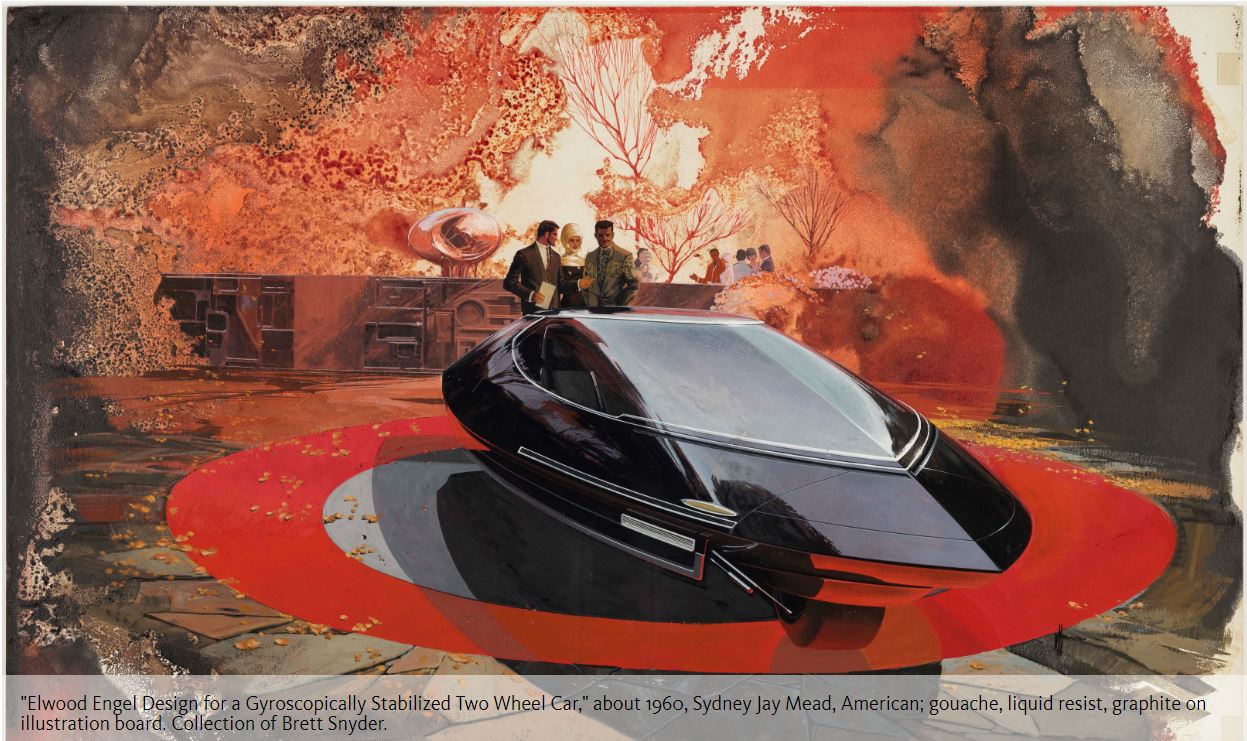Feel the freedom. the 1969 Renault 4 Plein Air, a roofless, doorless car for a liberating driving experience happy 60th anniversary to Renault 4.
The Plein Air was introduced in the spring of 1968. Plein Airs were converted by Renault group company Sinpar S.A. from regular 4 speed R1123’s produced by Renault. A R1123 selected for conversion entered Sinpar’s premises as a complete R4 Berline to undergo a complete make-over and leave without doors and roof to be delivered to clients who had ordered their Plein Air from one of Renault’s dealers worl-wide. Plein Airs were actually sold and delivered into France, Canada, United States, Mexico, Finland, Germany, UK and the Netherlands. In 1968 approx. 20 Plein Airs were exported to Canada to be used on the site of the 1968 Terre des Hommes World Exhibition in Montreal. Approximately 500 Plein Airs were produced by Sinpar until 1971, when it was succeeded by the R4 ACL Rodeo. After 1971 Renault continued to offer Plein Air conversion kits for self-made plein airs, but little is known about their number.



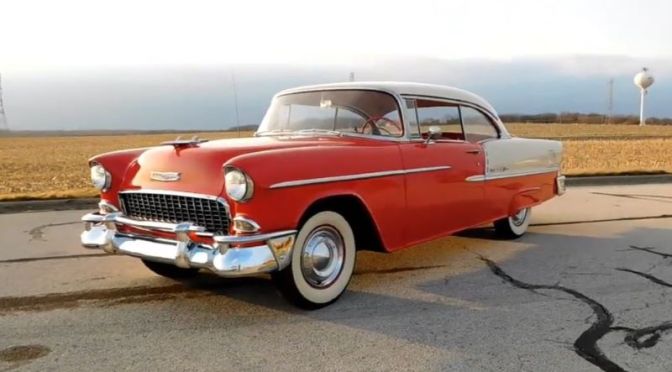

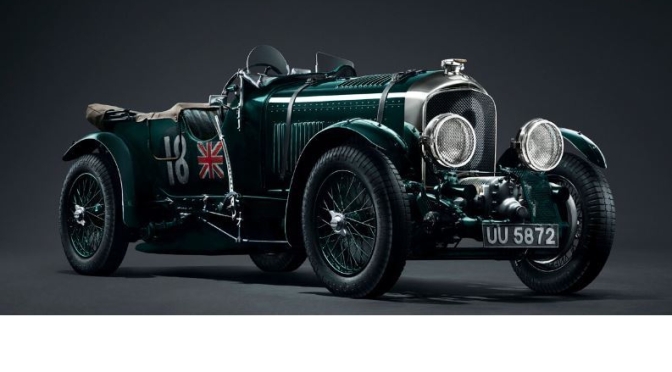
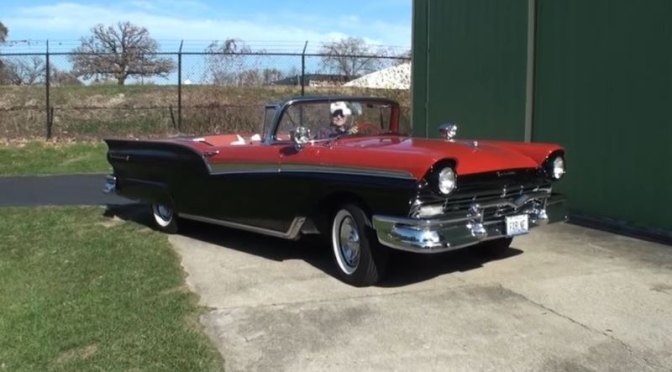
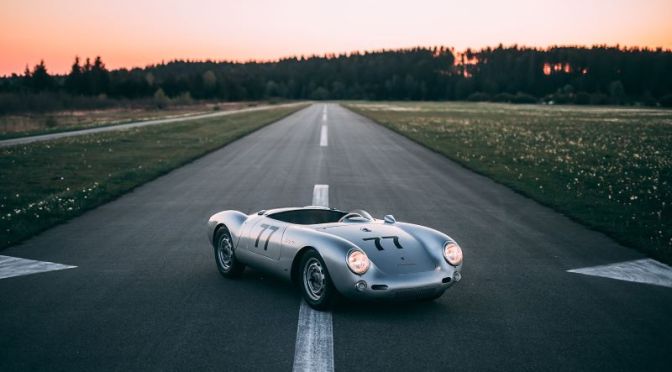
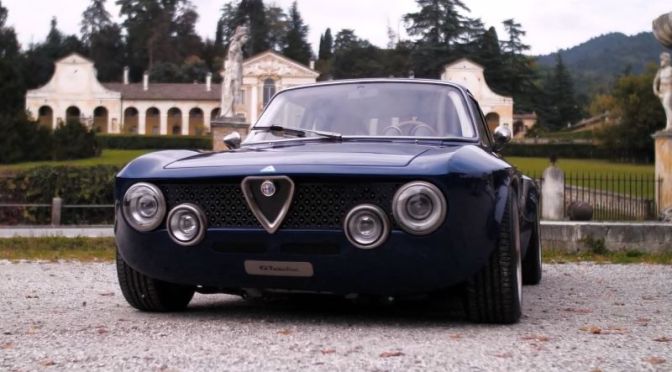
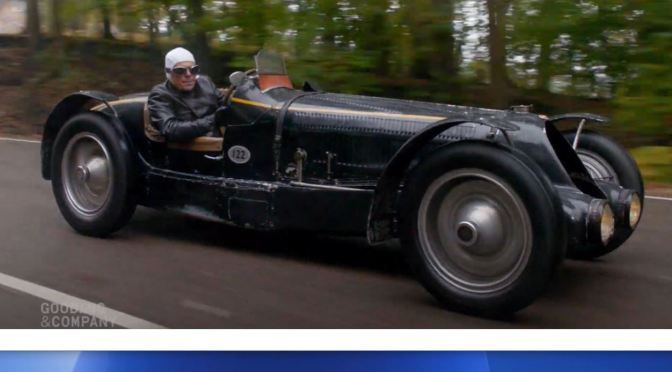
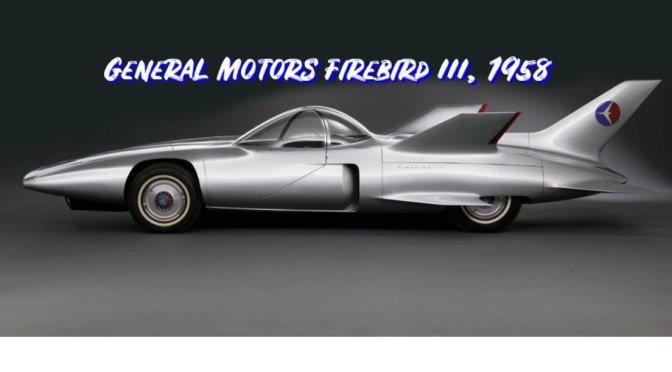
 Nov 15, 2020 — Jun 27, 2021:
Nov 15, 2020 — Jun 27, 2021: 